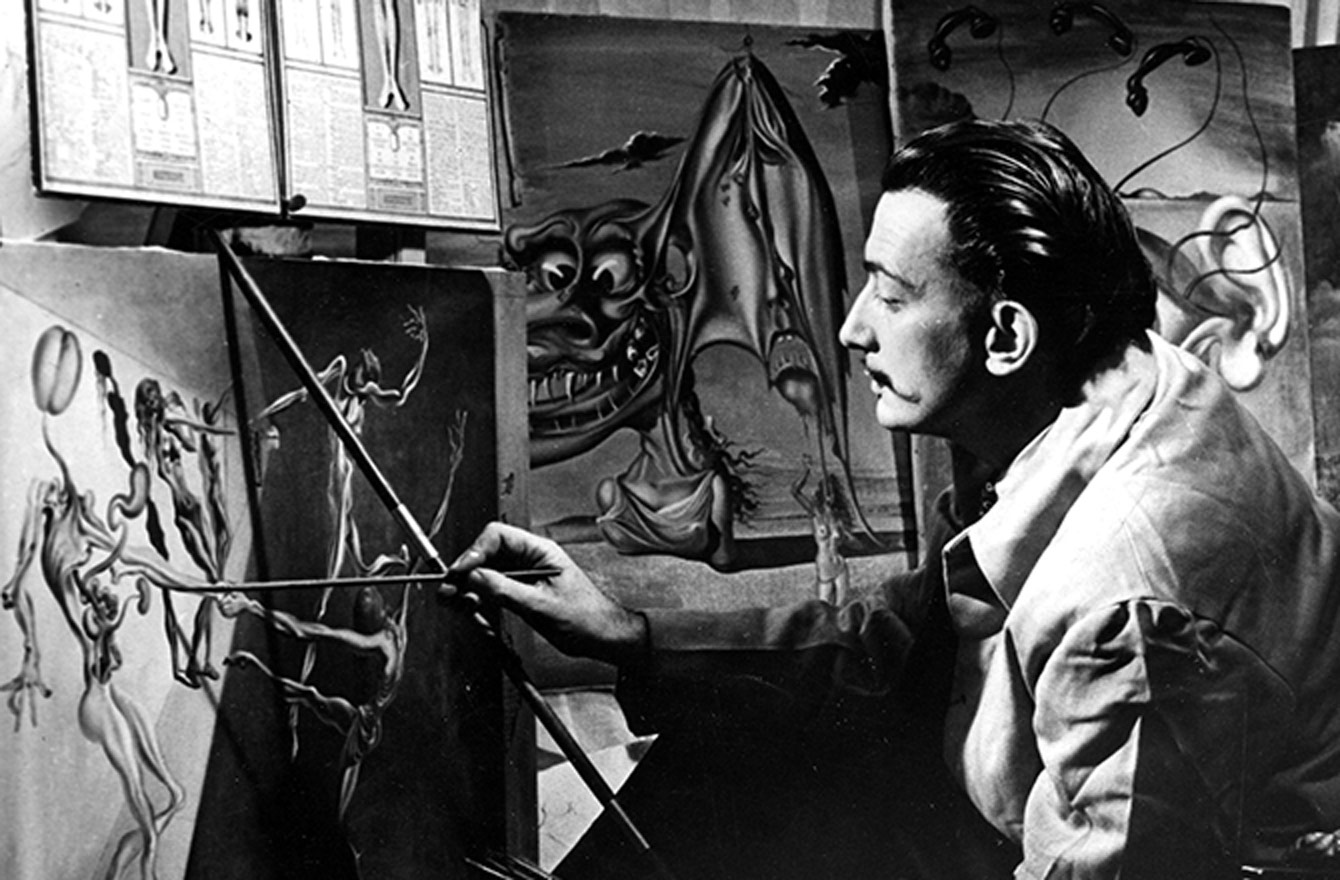
What do you normally do when you’re feeling stuck, stressed, unproductive, or facing a creative block? For some people, it’s comfort eating; for others, it’s TV; and for most of us, it’s probably social media scrolling. The dopamine release from these activities may provide temporary relief, but not only do they not do much for our brains’ creative empowerment, but they are also regrettable most of the time, which takes a massive toll on our mental wellness in general. So how can we empower our brain creatively in moments of block?
The answer may seem surprising. We engage in the act of creating or producing something tangible with our own hands, something that we can see, touch, and enjoy. The process of creation with our hands not only stimulates a profound sense of satisfaction but also stimulates the brain and enhances our capacity for thinking creatively and innovating. The scientific name of the phenomenon is the effort-driven reward circuit.
Creating and making things with your own hands can include activities such as gardening, organizing a bookshelf, or washing dishes, but since I’m a proponent of arts, I’ll keep on encouraging you to explore arts and crafts for the sake of the effort-driven reward circuit just a few minutes a day. “Making things” such as a drawing, painting, collage, weaving, or sculpture involves hands-on investment in an object with tangible results that give pleasure to or have meaning for their creators. When we engage in a task that doesn’t require much cognitive effort, it allows the mind to relax and rest.
When the brain is at rest, it can solve problems, and it’s not uncommon to have breakthrough ideas while mindlessly working on something with your hands. This phenomenon is often referred to as the “Eureka effect,” where solutions emerge when we least expect them. When we engage in a repetitive task, completely taking our minds off whatever problem or issue we have been struggling with, the solutions often magically appear.
The next time you feel stressed or stuck, try doing something with your hands. It may be exactly what your brain and body need. Consider this as an encouragement from me to doodle, sketch, or play with colors for a few minutes a day. If you find it difficult to find inspiration, remember that creativity can be sparked by simply experimenting and being playful with what there is.
So let me suggest a 5-minute drawing exercise to help you get your mind off routine activities: practice a negative space drawing exercise.
Negative space drawing is a technique in which you need to focus on the areas surrounding the subject rather than the subject itself. Select a simple object or scene and create a drawing that emphasizes the shapes and forms from the perspective of negative space around it. As a small hint, make sure you don’t draw the outlines of the object and fill in the background/negative space around it. Start from the background and come to the main subject of the drawing naturally. You don’t want to dismiss the point of this exercise, nor the fun of it.
Drawing negative spaces is enormously beneficial for our brains. Focusing on the areas surrounding the subject rather than the subject itself sharpens observation skills and attention to detail, patience, and mindfulness, in a meantime making drawing a meditative practice that reduces stress and promotes relaxation. Alongside that, negative space drawing simplifies the entire drawing process by breaking down complex subjects into manageable shapes. And that is the gist of creativity and encouraged problem-solving in every professional domain.